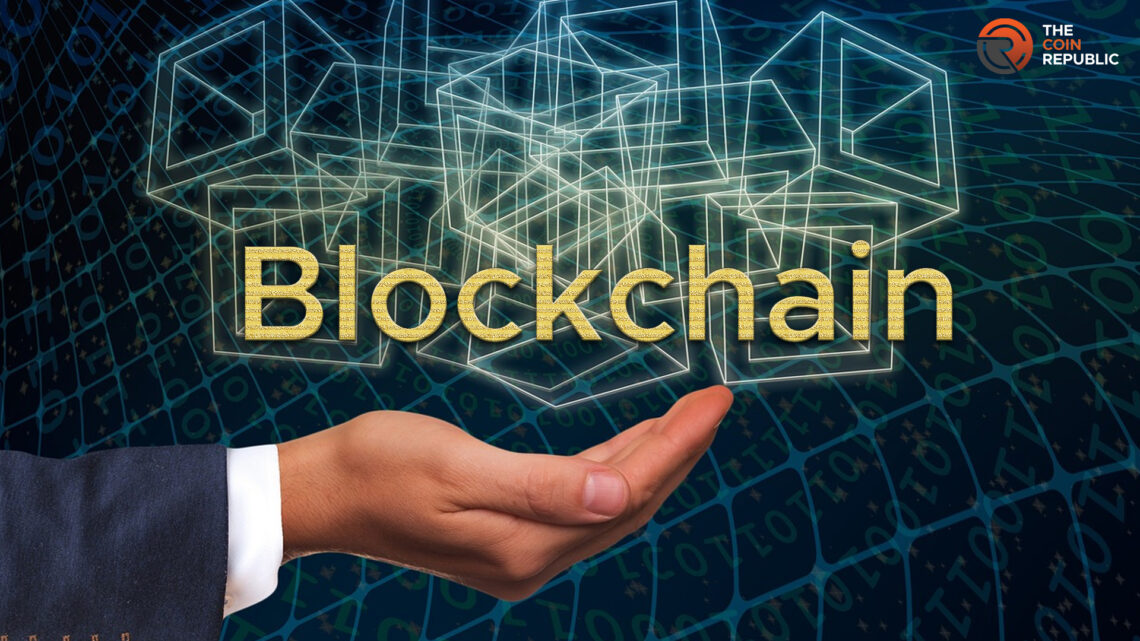- 1 Blockchain congestion can become a huge problem on various fronts.
- 2 They can worsen a network’s performance and cause dissatisfaction among users.
- 3 Experts have been trying to address issues and solve them for user’s ease.
As the word suggests, blockchain congestion means the network is overcrowded, obstructed, or choked. This happens in a situation when the number of transactions exceeds the network’s processing capacity. As a result, users see more pending transactions in the network. There have been some popular instances of it as well. When Bitcoin released BRC-20 tokens, the network faced heavy congestion.
Understanding the Reasons for Congestion
This situation of blockchain congestion could arise due to a number of reasons. Some of them are:
- High transaction volume
- Increased adoption
- dApps
- ICOs
- Malicious activities
- Higher Fees
- Slow Internet
One can easily apprehend these reasons and their impact on the network. While the transaction volume is mostly the culprit, other factors can also spoil the party. If a new project launches and it has good marketing, the response could be overwhelming. A large number of participants place orders for tokens like that of BRC-20. The decentralized applications often deploy the concurrent execution of smart contracts.
It impacts the network badly and a similar effect was seen with ICO’s token sales. The hackers clog it by sending a large number of low-value transactions. Lastly, poor network and physical restrictions on the internet slow down the whole process.
Impact of Blockchain Network Congestion
Speedy transactions are a high priority for any payment processor to succeed. But when that doesn’t happen, users seek alternatives. For blockchain, seamless transaction processing is essential to attain high throughput. Also, ensuring low latency and fees alongside robust security measures is a must. The adoption of cryptocurrency and blockchain depends on the efficacy of the network.
But when it struggles to deliver results, things go for a toss. Some users even pay extra to prioritize their transactions. However, it does not solve the problem. It just favors one transaction over another. In case there are thousands of transactions and each user is paying extra, it creates an even worse-case scenario. Moreover, the latency raises questions about the scalability of the network.
If a network is trying to expand its user base, it must process several transactions together speedily. Thus, it is very important for the blockchain networks to find a solution for it.
Ways To Fix Blockchain Network Congestion
The specialists have been trying to find solutions to fix network congestion. According to them, the industry needs to address it in the short as well as long term. Some have advised optimizing the transaction fee. It means that blockchain firms can tweak their costs as per the bidding environment. It can reduce the pressure on the network and bring in more bucks as well.
Another solution, which has already become quite popular, is the Layer-2 blockchain. Coins like Ethereum and Bitcoin have implemented rollups and the lightning network respectively. These conceptions use off-chain transactions and other methods to raise the efficacy of blockchain. Many other blockchain networks have come up with their own Layer-2 mechanism. With them, the industry hopes that blockchain congestion will soon become a thing of the past.

Nancy J. Allen is a crypto enthusiast, with a major in macroeconomics and minor in business statistics. She believes that cryptocurrencies inspire people to be their own banks, and step aside from traditional monetary exchange systems. She is also intrigued by blockchain technology and its functioning. She frequently researches, and posts content on the top altcoins, their theoretical working principles and technical price predictions.


 Home
Home News
News






